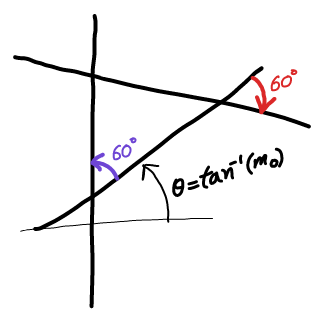
AllQuestion and Answers: Page 1810
Question Number 29049 Answers: 1 Comments: 0
$${Prove}\:{that} \\ $$$$\:\:\:\:\:{e}^{{i}\pi} +\mathrm{1}=\mathrm{0} \\ $$
Question Number 29048 Answers: 1 Comments: 19

Question Number 29043 Answers: 0 Comments: 1
Question Number 29038 Answers: 0 Comments: 1
Question Number 29037 Answers: 0 Comments: 0
Question Number 29036 Answers: 0 Comments: 0
Question Number 29035 Answers: 0 Comments: 0
Question Number 29032 Answers: 0 Comments: 0
Question Number 29031 Answers: 0 Comments: 0
Question Number 29030 Answers: 0 Comments: 0
Question Number 29029 Answers: 0 Comments: 0
Question Number 29028 Answers: 0 Comments: 0
Question Number 29027 Answers: 0 Comments: 0
Question Number 29093 Answers: 1 Comments: 1

Question Number 29016 Answers: 1 Comments: 1

Question Number 29018 Answers: 0 Comments: 0
Question Number 29014 Answers: 0 Comments: 3
Question Number 29007 Answers: 0 Comments: 1

Question Number 29003 Answers: 1 Comments: 1
$${find}\:\int_{\mathrm{0}} ^{\infty} \:\:\:\frac{{dx}}{\mathrm{1}+{x}^{\mathrm{3}} }\:. \\ $$
Question Number 29002 Answers: 0 Comments: 0
Question Number 29001 Answers: 0 Comments: 0
Question Number 29000 Answers: 0 Comments: 1
Question Number 28999 Answers: 0 Comments: 1
Question Number 28998 Answers: 0 Comments: 0
Question Number 28997 Answers: 0 Comments: 1
Question Number 28996 Answers: 0 Comments: 0
Pg 1805 Pg 1806 Pg 1807 Pg 1808 Pg 1809 Pg 1810 Pg 1811 Pg 1812 Pg 1813 Pg 1814
